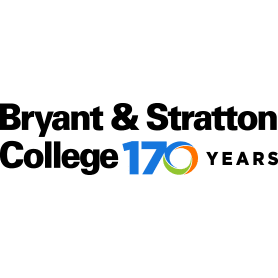Bryant & Stratton College - Amherst Campus is located at 3650 Millerport Highway in Gatesville, New York. The following is a detailed introduction to the campus:
School Overview
School Nature: Bryant & Stratton College - Amherst Campus is a private for-profit institution.
Location: The campus is located in the northern suburbs of western New York State, at the end of Interstate I-990, on Millerport Highway in Gatesville. There are many small towns around, such as Williamsville and Harris Hill, and it is only 4 miles away from the University of Buffalo, with convenient transportation.
Campus size: The campus is small. In the fall of 2018, there were 176 full-time undergraduates and 141 part-time students, totaling 317 People.
Professional settings
Business major: Provides degree courses in multiple professional directions such as accounting, business management, and human resources. For example, students majoring in accounting will systematically study courses such as financial accounting and management accounting to lay a solid foundation for engaging in accounting-related work.
Health care major: There are majors such as medical administrative assistant, medical assistance, medical reimbursement and coding to help students master the professional knowledge and skills of the medical industry. After graduation, they can engage in related work in hospitals, clinics and other medical institutions.
Information technology major: Including majors such as network technology, through a teaching method that combines theory with practice, cultivate students' professional skills in the field of information technology, so that students can adapt to the needs of modern scientific and technological development.
Law major: There are majors such as legal assistant, providing students with legal knowledge and practical skills training to meet the needs of the legal industry for professional talents.
Design major: Provides majors such as graphic design, cultivates students' artistic design ability and creative expression ability, and lays a foundation for students' career development in advertising, media, design and other fields.
Teaching and faculty
Teaching mode: Small class teaching is adopted, with a small number of students in each class, which can ensure that each student can get full attention and guidance from the teacher, which helps to improve students' learning effect. The teacher-student ratio is 11:1.
Practical teaching: Focus on practical teaching. Through internships, experimental courses, projects, etc., students can apply theoretical knowledge to practical operations and improve their practical and problem-solving abilities. For example, students majoring in health care have the opportunity to intern in local medical institutions and accumulate practical work experience.
Faculty: The faculty has rich teaching experience and professional knowledge. They can not only impart professional knowledge, but also provide students with support in career planning and employment guidance.
Application and admission
Application requirements: The campus has an open admissions policy, but some majors may require high school transcripts and a minimum GPA of 3.0. , immunization certificates, etc. Some majors may also require interviews.
Application process: Students can apply online or submit paper application materials through the school's official website. Application materials include personal resumes, transcripts, letters of recommendation, etc. The school implements rolling admissions.
Student life
Campus activities: The school often holds various academic lectures, cultural activities, sports competitions, such as job fairs, health exhibitions, etc., as well as student-run campus newspapers, drama groups, radio stations, TV stations, etc., to enrich students' extracurricular life and enhance communication and cooperation among students.
Student organizations: There are many student organizations and clubs, such as student unions, professional associations, interest groups, Greek fraternities, Greek sororities, etc. Students can join corresponding organizations according to their interests and hobbies, expand their network, and improve their comprehensive quality.
Employment services: The school provides students with employment guidance and career planning services to help students understand the needs of the employment market, formulate career development plans, and improve their employment competitiveness. In addition, the school has established partnerships with local businesses and institutions to provide students with internship and employment opportunities.
Expenses and Aid
Tuition: In the 2018-2019 academic year, the tuition for both in-state and out-of-state students is $17,222. In addition, students also need to pay other fees such as books, which is about $1,800.
Scholarships: The school offers a variety of scholarships and grants to students. 93% of undergraduates can receive funding, and the average scholarship or grant amount is $6,713 to help students reduce their financial burden.
-

Harvard University
-
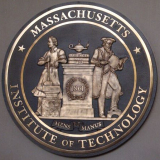
Massachusetts Institute of Technology
-
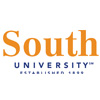
South University
-

University of West Georgia
-
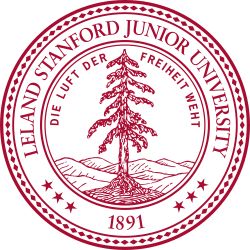
Stanford University
-
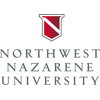
Northwest Nazarene University
-
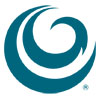
Hawaii Pacific University
-
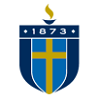
Shorter University
-

Nova Southeastern University
-
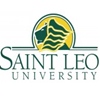
Saint Leo University
-

Mesoamerican University
-

Istmo University
-

Mariano Galvez University of Guatemala
-

Regional University of Guatemala
-

Galileo University
-

Francisco Marroquín University
-

Rafael Landívar University
-

University of the Valley of Guatemala
-

University of San Carlos of Guatemala
-

Technological Institute of Tlaxcala Plateau
-

Golfo University
-

Technological University of South Sonora
-

Technological University of Huejotzingo
-

Tizimín Institute of Technology
-

Chilpancingo Institute of Technology

